Getting close to launch, so why not fufill some of our desire for space exploration? 
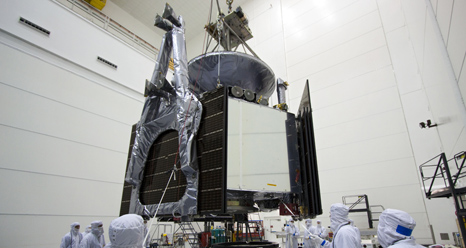
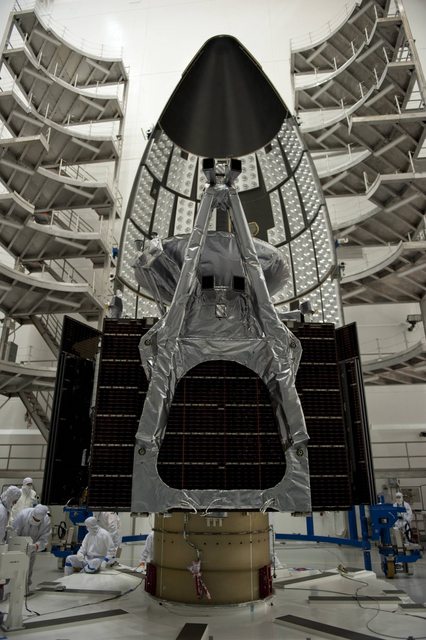
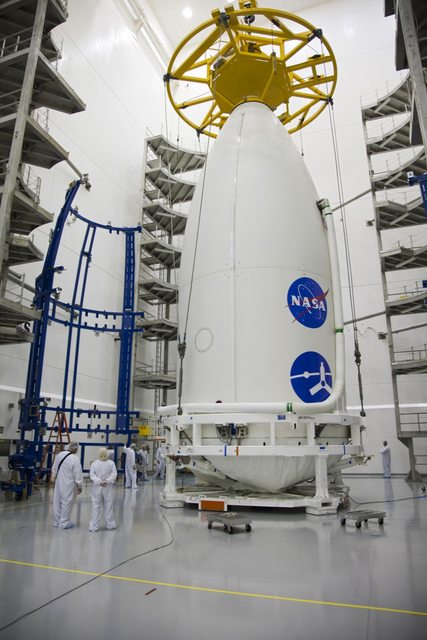
Hoisting Juno atop the most powerful Atlas rocket at Launch Complex 41:
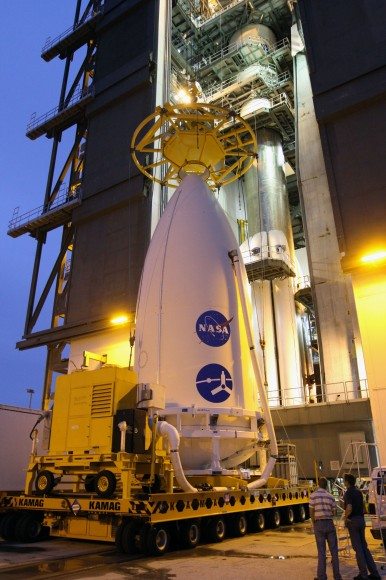
The assembled launch vehicle:
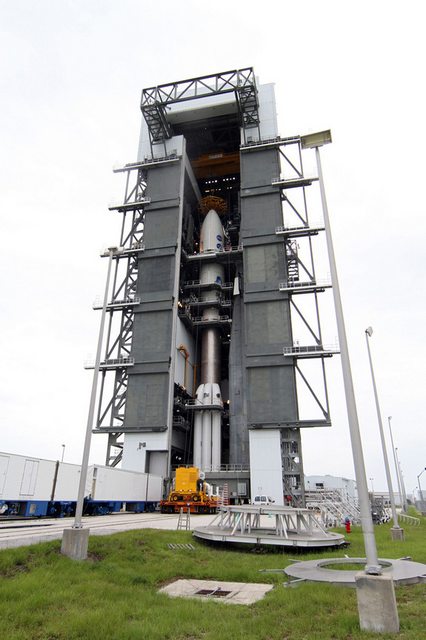
Note that the Atlas V is currently being considered for human rating; to launch a capsule that would once again put humans in space in America's own capacity.
Juno is a NASA New Frontiers spacecraft with the primary aim of greatly increasing our understanding of the planet Jupiter, scheduled to launch atop an Atlas V 551.
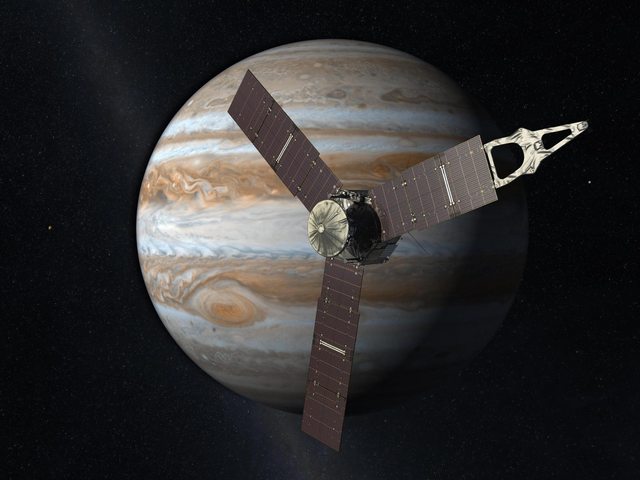
[YOUTUBE]r2a42x2DDYk[/YOUTUBE]
The launch is scheduled to take place on Friday, 5th of August at 16:34 BST (11:34 EDT), with a 59 minute window.
Here is where to watch it:
Mission information:
The Juno NASA Tweetup will also go ahead on the days leading up to an including the event, featuring non other than kurtjmac (PC Builder, player of Minecraft, Astronomer and general all round 'good guy') as well as 149 other people. You will be able to follow this from their twitter accounts and at NASA TV (Education Channel) on Thursday, 4th of August at 15:30 PM BST (11:30 AM EDT), repeated at 8PM BST that day (Public, HD and Education Channels).
Once launched Juno will make her way to Jupiter (after another Earth flyby several years down the line) for arrival sometime in 2016 where she will carry out her (Earth) year long mission during 33 orbits of the gas giant.
Juno all packed up and ready to go:Junos principal goal is to understand the origin and evolution of Jupiter. Underneath its dense cloud cover, Jupiter safeguards secrets to the fundamental processes and conditions that governed our solar system during its formation. As our primary example of a giant planet, Jupiter can also provide critical knowledge for understanding the planetary systems being discovered around other stars.
With its suite of science instruments, Juno will investigate the existence of a solid planetary core, map Jupiter's intense magnetic field, measure the amount of water and ammonia in the deep atmosphere, and observe the planet's auroras.
Juno will let us take a giant step forward in our understanding of how giant planets form and the role these titans played in putting together the rest of the solar system.
Juno will be the first mission to Jupiter using solar panels instead of the radioisotope thermoelectric generators (RTGs) used by Pioneer 10, Pioneer 11, the Voyager program, CassiniHuygens, and the Galileo orbiter. Advances made in both solar cell technology and efficiency over the past several decades makes it economically feasible to use solar panels of practical size to provide power at a distance of 5 AU from the Sun. In addition, RTGs are in short supply, limiting their availability for space missions. NASA plans several more projects involving RTGs,[14] and the decision to use alternate technology on this mission is more practical and economical than political.

[YOUTUBE]r2a42x2DDYk[/YOUTUBE]
The launch is scheduled to take place on Friday, 5th of August at 16:34 BST (11:34 EDT), with a 59 minute window.
Here is where to watch it:
Mission information:
Juno: Mission Overview
Juno: YouTube Channel - great resource with animations of all key mission events
Juno: Pretty, Bloaty Flash Site
Juno: Launch Press Kit
Juno: YouTube Channel - great resource with animations of all key mission events
Juno: Pretty, Bloaty Flash Site
Juno: Launch Press Kit
The Juno NASA Tweetup will also go ahead on the days leading up to an including the event, featuring non other than kurtjmac (PC Builder, player of Minecraft, Astronomer and general all round 'good guy') as well as 149 other people. You will be able to follow this from their twitter accounts and at NASA TV (Education Channel) on Thursday, 4th of August at 15:30 PM BST (11:30 AM EDT), repeated at 8PM BST that day (Public, HD and Education Channels).
Once launched Juno will make her way to Jupiter (after another Earth flyby several years down the line) for arrival sometime in 2016 where she will carry out her (Earth) year long mission during 33 orbits of the gas giant.



Hoisting Juno atop the most powerful Atlas rocket at Launch Complex 41:

The assembled launch vehicle:

Note that the Atlas V is currently being considered for human rating; to launch a capsule that would once again put humans in space in America's own capacity.





